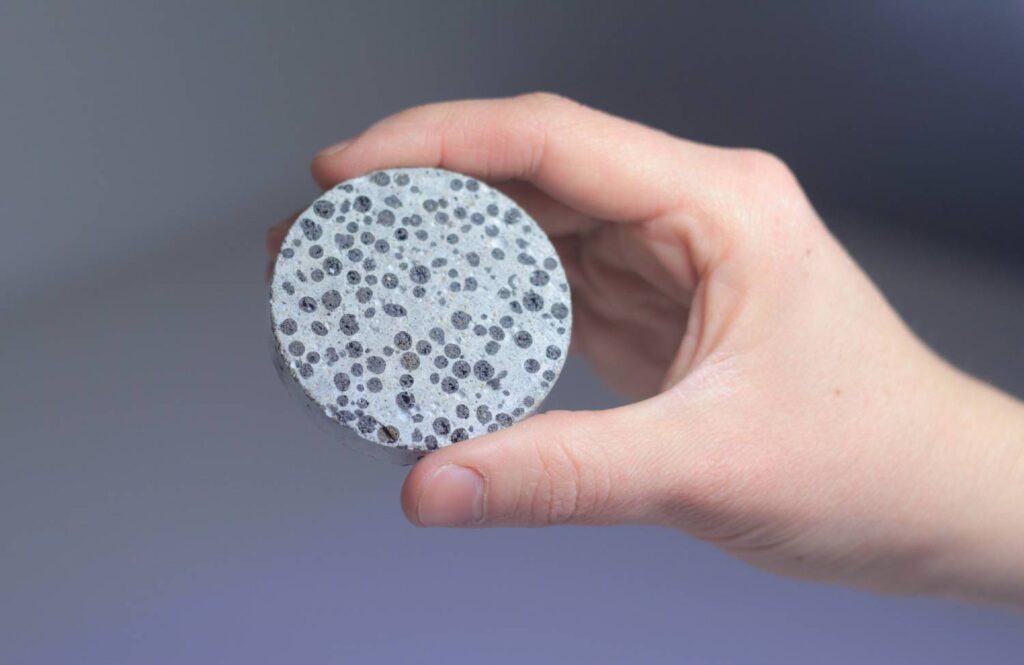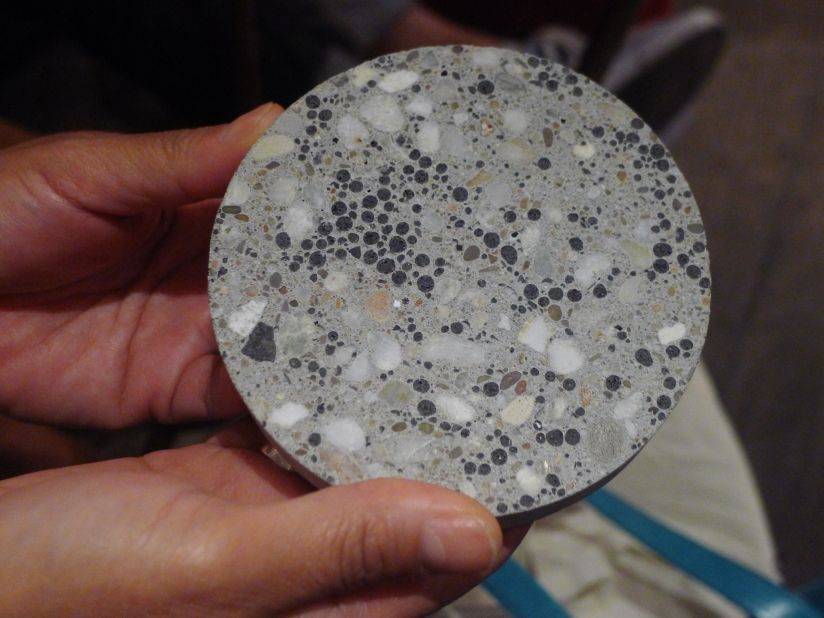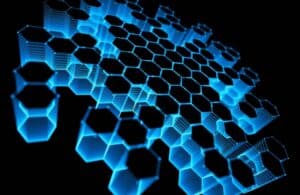The Science Blog

Self-Healing Materials: The Future of Smart Construction
Self-healing materials are a major breakthrough in modern construction. These materials, driven by nanotechnology, will change how we think about building sustainability and durability. As cities grow and we need stronger infrastructure, the construction industry is looking for new solutions. These solutions improve durability and also support the environment. Self-healing materials, especially self-healing polymers, are leading this change. They offer a vision of buildings that can fix themselves. This could lower maintenance costs and make structures last longer.
Self-healing materials may seem like sci-fi, but they come from real progress in nanotechnology. These materials are engineered to mimic biological systems, much like how human skin repairs itself after a cut. Tiny capsules or networks in the material can help it heal. When damaged, they release healing agents that fill cracks and restore strength. This blog will explore self-healing materials. We will look at their importance, uses, and how they could change the construction industry.
Key Benefits / Why It Matters
The importance of self-healing materials in construction cannot be overstated. As we grapple with the challenges of climate change and resource scarcity, the need for sustainable materials becomes paramount. Self-healing materials have many benefits. They will be key in future construction practices.
Enhancing Durability and Longevity
Traditional building materials wear out easily. They often need a lot of repairs and upkeep as time goes on. Self-healing materials can fix small damages like cracks and fractures on their own. This helps structures last longer. This self-repair feature cuts down maintenance costs and frequency. So, it helps make buildings more sustainable over time.
Promoting Environmental Sustainability
Self-healing materials cut down on repairs and replacements. This helps reduce resource use and waste. This aligns with global efforts to minimise the environmental impact of construction activities. Also, using sustainable materials in building projects helps create greener, eco-friendly cities.
Enhancing Safety and Structural Integrity
Cracks and damage in building materials can weaken safety and structure integrity. Self-healing materials address this issue by autonomously repairing damages, thereby maintaining the structural integrity of buildings. This is especially important in areas with earthquakes or severe weather. Here, self-repair can stop major failures.
Step-by-Step Guide / Actionable Insights

Integrating self-healing materials in construction involves a few key steps. Each step needs careful planning and thought. Below is a detailed guide on how to effectively implement these advanced materials in construction practices.
Step 1: Understanding the Material Properties
Before using self-healing materials in construction, it’s important to know their properties and how they behave. This involves looking at different self-healing methods. These include microcapsules, vascular networks, and intrinsic self-healing polymers. Each mechanism offers unique advantages and is suited to different applications.
Step 2: Selecting the Appropriate Material
Picking the right self-healing material depends on the project’s needs. You need to think about things like the environment, stress levels, and how long you want the structure to last. Working with material scientists and engineers helps choose the best material for the project.
Step 3: Designing for Self-Healing Integration
The design phase must include ways to use self-healing materials in construction. This may involve modifying traditional construction techniques to accommodate the unique properties of these materials. Placing self-healing components in high-stress areas can boost their effectiveness.
Step 4: Monitoring and Maintenance
After construction, it’s important to keep monitoring the self-healing materials. This helps check how well they are working. This means checking regularly to find any problems. It also ensures the materials work as they should. Also, maintenance protocols may need to change to fit the special traits of self-healing materials.
Additional Expert Tips & Common Mistakes to Avoid
Self-healing materials have many benefits. However, there are also challenges to tackle for successful use.
Expert Tips
- Work with Experts: Teaming up with material scientists and engineers during the project can offer great insights and improve the integration process.
- Customisation: Tailoring self-healing materials for a project boosts their performance and effectiveness.
- Testing and Validation: Rigorous testing and validation of self-healing materials help find issues and ensure they are reliable before use.
Common Mistakes to Avoid
- Ignoring Environmental Factors: Not considering environmental conditions can weaken self-healing materials.
- Poor Planning: Not planning well can cause self-healing materials to work poorly.
- Neglecting Maintenance: If you think self-healing materials need no upkeep, you might miss problems. This can lead to bigger failures down the road.
Advanced Insights / Expert Recommendations

Self-healing materials are evolving. Here are some insights and tips to boost their use in construction.
Utilising Nanotechnology for Enhanced Performance
Nanotechnology plays a pivotal role in the development of self-healing materials. Researchers can improve the healing and responsiveness of materials by working at the nanoscale. This includes developing advanced nanocomposites that offer superior mechanical properties and self-healing efficiency.
Exploring New Material Combinations
Researchers keep looking for new material combinations to make better self-healing systems. This means combining various polymers, ceramics, and metals for the best performance. Trying new material combinations can broaden the uses for self-healing materials.
Leveraging AI and Machine Learning
AI and machine learning can greatly improve how we design and use self-healing materials. AI can analyze large datasets. It identifies patterns and predicts how self-healing materials behave in different conditions. This can lead to more efficient material design and improved performance.
Building a Resilient Future: How Self-Healing Materials Will Shape Tomorrow
Self-healing materials are a big step forward in construction
. They provide a sustainable and creative way to tackle modern infrastructure challenges. Using nanotechnology and sustainable materials, the construction industry can create buildings that are strong and eco-friendly. To unlock the potential of self-healing materials, industry stakeholders must work together. Collaboration, innovation, and investment in these technologies are key.
The future of construction depends on how well we adapt and use advanced materials in our building methods. By doing so, we can create a built environment that is not only smart but also sustainable, ensuring a better future for generations to come. Let’s embrace self-healing materials. Together, we can create buildings that heal themselves, like living organisms.









